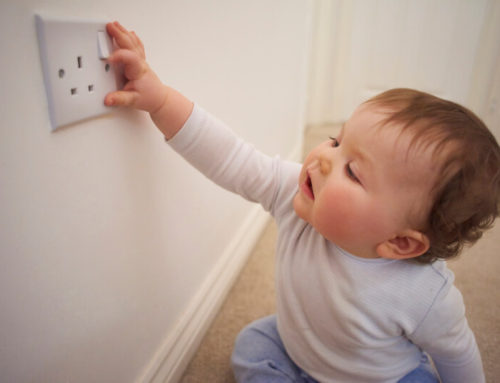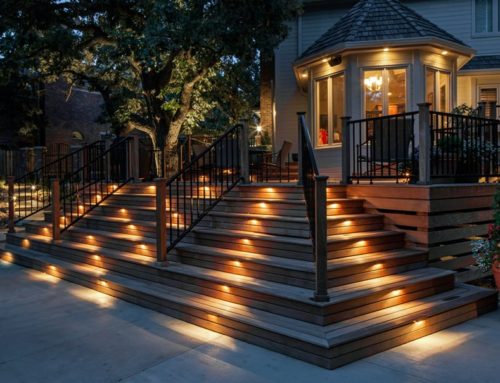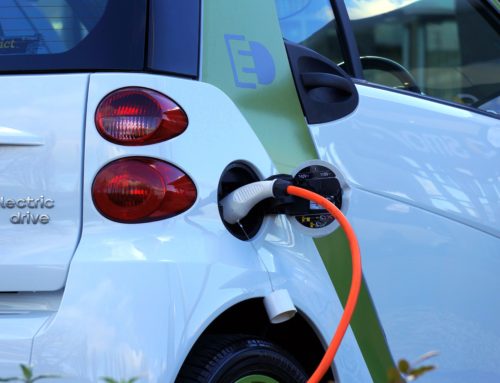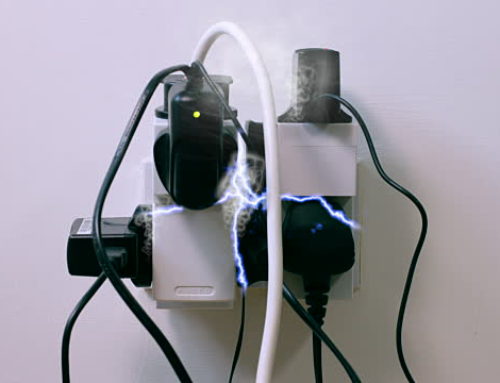Does anything say winter more than a lovingly prepared, slow cooked stew, tender and warming and just so delicious? I am a MASSIVE fan of comfort food and I love winter stews, casseroles, tagines….mmmmm.
 With our hectic lifestyles we simply don’t have the time to spend hours in front of the cooker, stirring and adding ingredients. Convenience is key and nothing is more convenient than a slow cooker which will take the most basic of ingredients and transform them into a delicious feast.
With our hectic lifestyles we simply don’t have the time to spend hours in front of the cooker, stirring and adding ingredients. Convenience is key and nothing is more convenient than a slow cooker which will take the most basic of ingredients and transform them into a delicious feast.
Sales of slow cookers, or crock pots, have shot up in recent months and they continue to grow in popularity as a low cost, high convenience way of serving up the evening meal. Just prepare in the morning, stick the dial on low and come home to a house filled with the aroma of deliciousness and a beautiful plate of food.
I get questions every week about electrical safety, and slow cookers have been the flavour of the month since the weather got colder. Are they safe? How safe? Can I really leave a slow cooker on all day? Can I cover with a tea towel? Should I stay at home whilst it’s cooking? What about overnight?
So here is a top-ten list for slow-cooker safety
- Only use the slow cooker on top of a heat-proof counter or table or other flat, safe surface.
Most of the slow-cooker questions I receive regarding safety revolve around the actual appliance itself. My suggestion is to always use your slow cooker on a flat, heat-safe surface — like your kitchen counter — away from piles of loose papers or random kitchen towels, or where puddles of water might form (in other words, away from the sink or an open window).
The first few times you use your slow cooker, do so while you are at home to ensure it heats evenly and is calibrated correctly.
- Pay attention to where you put your slow cooker, and to the cable
I recommend double checking that the cord is not doubled back or stuck under a corner of the pot in any weird way, and that the vent hole on the lid is turned so it is facing out towards the middle of the kitchen instead of the wall or top kitchen cabinet. Position your slow cooker at least 6 inches away from the wall.
- Use a programmable slow cooker.
If you do plan on using your slow cooker for long periods of time while you are out of the house, it is best to invest in a programmable slow cooker. This type of slow cooker can be set to cook on either LOW or HIGH for a predetermined length of time, often in 30-minute increments.
After the cooking time has elapsed, these programmable pots automatically click over to a WARM setting. This keeps your food hot and at a safe temperature until you get home and are ready to eat. What you don’t want is for your slow cooker to simply turn off after cooking and let your food cool to unsafe temperatures before you get home.
- Always register a new slow cooker with the manufacturer.
That way you can be contacted easily if a safety notice or recall is required. While the chances of a faulty product causing serious damage are small, the risk is still there and returning a faulty product or ordering its repair is very easy to do.
- If you notice a burning smell or any unusual noises, switch the slow cooker off immediately
Contact the retailer and/or manufacturer or research reviews online. Don’t switch it back on again until you’ve heard from the manufacturer – and certainly don’t leave it unattended.
- Don’t fill it too high or too low
Check the manufacturer’s instructions but typically it should be one half to three-quarters full.
- If you want to leave the house while the slow cooker is running, set it on low.
Save the high heat option for when you are in the house.
- Always turn off the slow cooker at the socket when not in use.
You’ll not only prevent any electrical mishaps, you’ll save on your electricity bills too.
- Understand the dos and don’ts of frozen foods.
If you are going to cook frozen food in the slow cooker, such as a frozen chicken roast, it is recommended by the appliance manufacturers that it is first defrosted, and that the rest of the ingredients you throw into the pot are room temperature (broth, canned tomatoes, etc.) or slightly warmed. This is to ensure that all the food reaches the proper cooking temperature within a safe cooking time, as designed.
If you are using a bagged freezer meal in your slow cooker, thaw it overnight in the refrigerator, or thaw it in the microwave before placing it into the pot. Why? Slow cookers are not designed to bring a solid block of ice like this to a boil and your food may spend too long in the danger zone to be eaten safely.
To ensure your food is cooked safely, the contents of the slow cooker all need to reach 140°F within two hours of operation. The newer slow cookers on the market do this fairly reliably because the sides and the bottom both have heating elements; older slow cookers usually just heat from the bottom, which can make them less reliable for cooking frozen foods. As with all appliances, refer to the enclosed manufacturer instruction booklet for clarity regarding your specific cooker.
- Correctly store (and reheat) leftovers.
As with all food that gets stored in the fridge or freezer, leftovers from your slow cooker need to be cooled on the counter to about room temperature before placing into the fridge or freezer for storage. Do this within two hours of finishing cooking. Do not put the hot slow-cooker insert directly into the fridge.
When it comes to reheating, do not reheat food in the slow cooker. Again, it can take too long for the food to come up to a safe temperature. Safety experts recommend reheating cooked food on the stove or by another quicker method, until steaming. After that you can place the food in a slow cooker to keep it warm for up to two hours.
Slow cookers are fabulous and very safe if you follow the rules above. If you need a professional opinion with any of the above, call me today on 07917 181068 or contact me for a quote. Even if just for a second opinion, it’s always better to be safe and consult a fully qualified electrician. Happy slow cooking!





